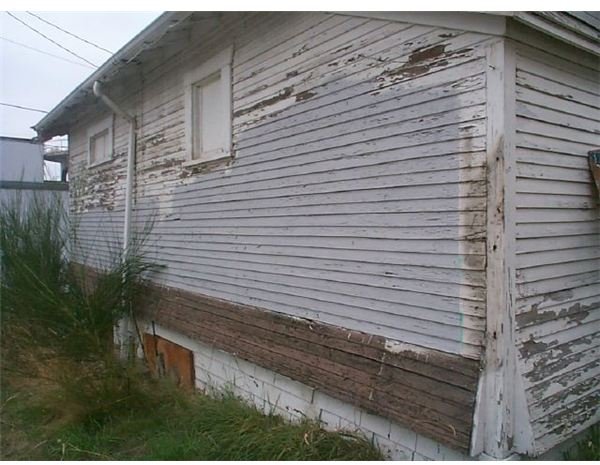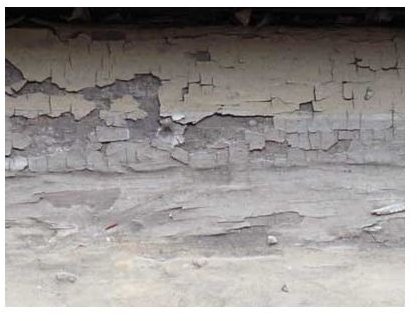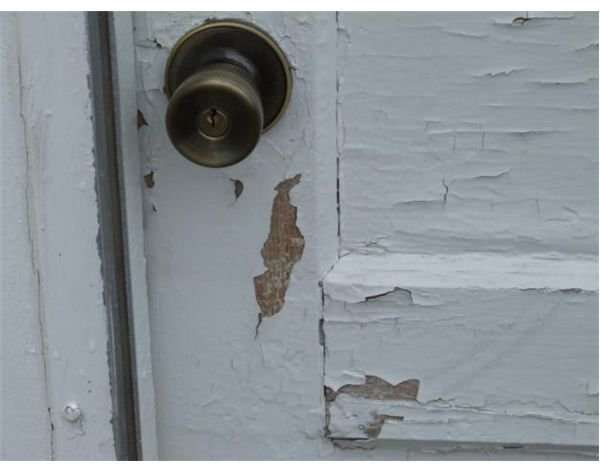Lead Based Paint
Basics Of Lead Paint
Paint is a material that is changed into a dense film after being applied on an object. Grainy solids are added to the lead based paint to facilitate the formation of texture, color, and toughness. Lead paint contains lead that is a heavy metal, and is utilized as pigment. Solvents are included primarily to act as the carrier of nonvolatile compounds. Other functions of the solvent are to regulate the curing process, paint viscosity, and the application and flow characteristics. After application, the solvent is disintegrated and evaporated, and the residual paint remains on the surface. Paint may be applied as a liquid, solid, or a suspension in the gaseous state, utilizing specific procedures.
Lead Paint Inclusion Reasons
Lead is included in paint for several reasons including facilitating fast drying, improving durability, and preventing moisture that initiates corrosion. Due to the harmful lead effects, lead paint may only be found in the older buildings, and rarely in the later construction. However, states have different regulations on the lead content in lead paint. The suggested lead quantity used in lead paint for home applications has been reduced from 50% during 1960s to 0.1% in the present century.
Effects of Lead Paint on Health
Lead is a poisonous metal that was previously utilized in homes, but science had not then fully recognized its dangers.

Lead in paint, used for domestic applications, is an issue only if it has been damaged or is unstable. Lead paint that is in a fine state, and without flakes being produced, is not a potential hazard. Lead can be a serious hazard when applied on the surfaces that are subjected to impact or friction. Therefore, lead paint should be avoided on such places as doors, windows, and railings. Lead paint is likely to be seen on window frames, bathroom and kitchen cabinets, external walls, and metal surfaces. It may also be found on the internal walls and ceilings. Lead exposure may be an origin of several health effects, like deteriorated performance, learning disabilities, and even death. Children are most vulnerable to lead hazards. Even small quantities of lead dust, or chips of lead paint produced during minor house repairs, may be a serious health risk. Therefore, exposure to any maintenance work that may cause disturbance of lead paint should be avoided.
Lead Replacement
Paint producers are replacing lead with less lethal substances like titanium white. It is normally coated with aluminum or silicon oxides to improve the strength and stability. However, its performance is not truly satisfactory when colors are added. The durability of

the organic pigment has been observed to be reduced. Zinc white is also used as a lead substitute that is less opaque compared to titanium white. However, this material may cause excessive cracks even when mixed in small quantities. States have introduced regulatory control measures to limit the lead quantity being released into the environment. Disposal of lead contaminated waste is being controlled to prevent health hazards. Furthermore, general public awareness is being enhanced by explaining the hazards to health due to lead.
